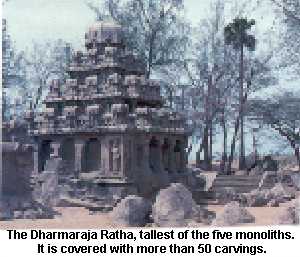

Home | Biodata | Biography | Photo Gallery | Publications | Tributes
[Back to Iconometry List]
Iconometry

 |

Home | Biodata | Biography | Photo Gallery | Publications | Tributes [Back to Iconometry List] Iconometry |
 |
ABSTRACT
The Indian science of iconometry is based on the taalamaana system. The surviving texts of iconometry and iconography contain two different systems of measurement intermingled together.
The first system is what we call the pure taalamaana system based on the principle that the smaller the face length of an image with respect to the total height, the taller the image will appear. The Silpa texts describe two kinds of proportions from the eeka taala (single face length) to the dasa taala (ten face length). In this system the face length is twelve angulas irrespective of the actual length of the face. Here the angula (or viral) is a proportion and not a fixed length like the inch.
The second system is what we shall call the derived system in which the total height of an image is measured in angulas and taalas . The face length need not be 12 angulas. An image made in the dasa taala proportions of this second system will be ten taalas or 120 angulas in height. Its face could be longer than 12 angulas. Such an image however, will not be in the dasa taala proportions according to the pure taalamaana system but will be in a lower taala.
The intermingling of the two systems had not been hitherto noticed by scholars.
We have taken measurements of stone sculptures from an early Chola temple as well as from a Pandya temple. The average values of the facial measurements are given. These average values will be useful in restoration work. The proportions are distinctly different from the proportions of sculptures of Kailasanatha temple of Kanchipuram built by Rajasimha Pallava around 700 A.D.
In analysing the measurements we have made use of computer techniques such as cluster analysis. Computer programs were written in Fortran language and run on an IBM 370/155 computer in Madras.
![]()